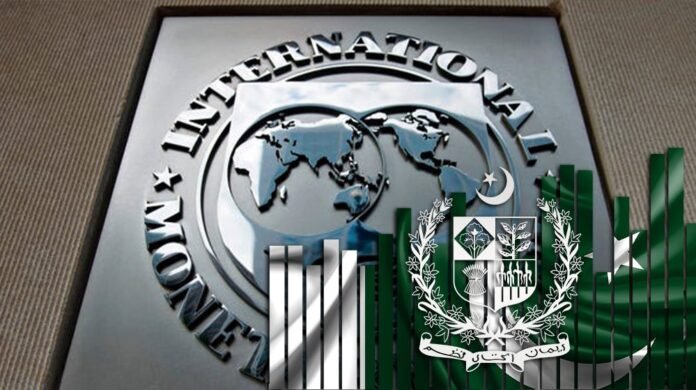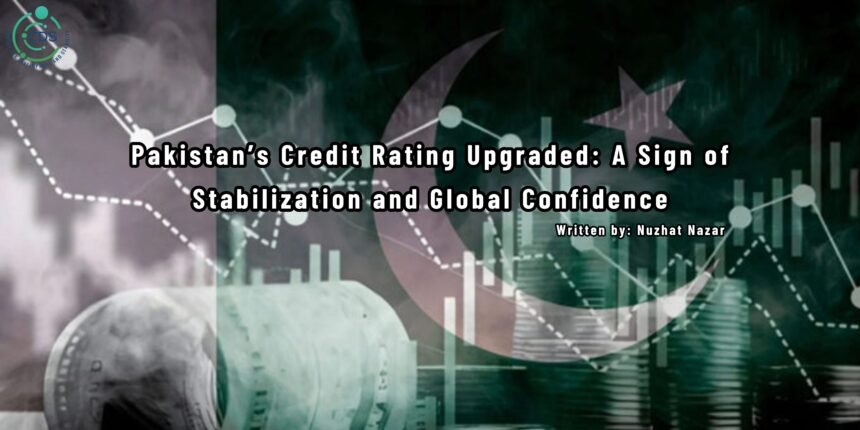After months of economic uncertainty and cautious optimism, Pakistan has received a much-needed boost on the global financial stage. International ratings agency S&P Global has upgraded the country’s long-term sovereign credit rating from ‘CCC+’ to ‘B-’, assigning it a stable outlook. The move signals renewed confidence in Pakistan’s economic direction, supported by ongoing fiscal reforms, improving macroeconomic indicators, and sustained engagement with the International Monetary Fund (IMF).
A sovereign credit rating reflects a country’s ability to repay its debt and fulfill financial commitments. Issued by agencies like S&P, Moody’s, and Fitch, these ratings serve as a reference point for international investors and financial institutions. A better rating not only enhances a country’s credibility but also lowers borrowing costs and improves access to global capital. With the shift to ‘B-’, Pakistan is no longer viewed as being in immediate distress, marking a critical transition from risk to resilience in the eyes of global markets.

S&P’s latest assessment highlights Pakistan’s improved macroeconomic stability, rising foreign reserves, and government commitment to fiscal consolidation. In its statement, the agency noted that “continued economic recovery and government efforts to enhance revenue will stabilize fiscal and debt metrics.” It added that Pakistan is expected to maintain adequate external financing and successfully roll over its commercial debt in the coming year. The confidence stems in part from Pakistan’s alignment with IMF-backed reforms and disciplined monetary policy.
The impact of the rating change was felt almost immediately in the bond market. Pakistan’s long-term international bonds rallied, with the 2051 maturity gaining 1.6 cents to trade at 84.85 cents on the dollar. Bonds maturing in 2031 and 2036 also saw upward movement. The gains signal a shift in investor sentiment and reflect growing belief that Pakistan is on a more stable and predictable economic path.
This upgrade follows a difficult period for Pakistan, marked by high inflation, dwindling reserves, and fears of default. However, over the past year, several key indicators have shown marked improvement. Inflation has dropped from nearly 30 percent in mid-2023 to around 6 percent in 2025. Foreign exchange reserves have surged to over $20.5 billion, and the country has posted its first current account surplus in 14 years, largely driven by record-high remittances worth $39 billion.

On the fiscal front, the government has implemented sweeping reforms under the IMF program to expand the tax net, reduce subsidies, and tighten spending. These efforts have significantly improved revenue generation, contributing to a decline in the public debt-to-GDP ratio. A major sovereign debt buyback of PKR 1 trillion also eased external repayment pressure, strengthening Pakistan’s overall fiscal position.
Economic growth, which had stagnated during the crisis, is now picking up. Pakistan’s GDP expanded by 2.7 percent in FY2025, with forecasts pointing to a growth rate of 3.6 percent in the next fiscal year. The State Bank of Pakistan, encouraged by stabilizing inflation and external accounts, has gradually reduced the benchmark interest rate to 11 percent, creating room for credit expansion and private sector investment.
While the stable outlook offers a degree of assurance, it also comes with clear expectations. S&P has warned that any backsliding on reforms, political instability, or geopolitical tensions—particularly with neighboring India—could affect Pakistan’s trajectory. The debt servicing burden also remains high, making continued fiscal discipline crucial in the months ahead.
Still, the upgrade to ‘B-’ is a notable achievement and a turning point in Pakistan’s ongoing recovery. It sends a clear message to global investors and financial institutions: Pakistan is not just surviving; it is working toward sustainable stabilization. With the right mix of policy continuity, political maturity, and institutional strengthening, the country now has an opportunity to build a stronger, more resilient economic future.



